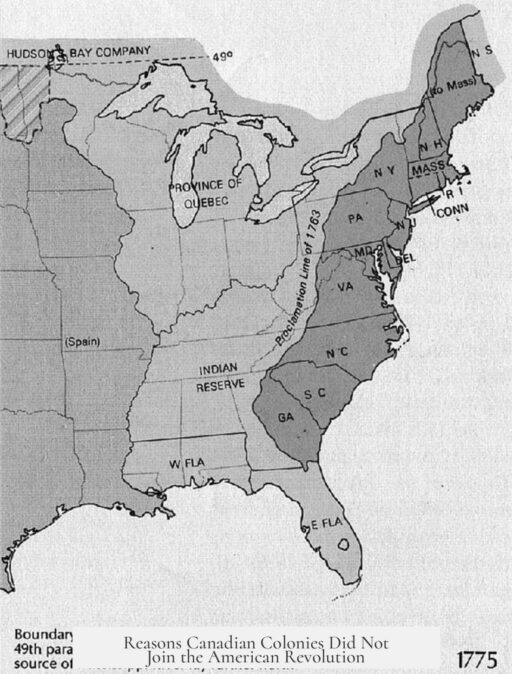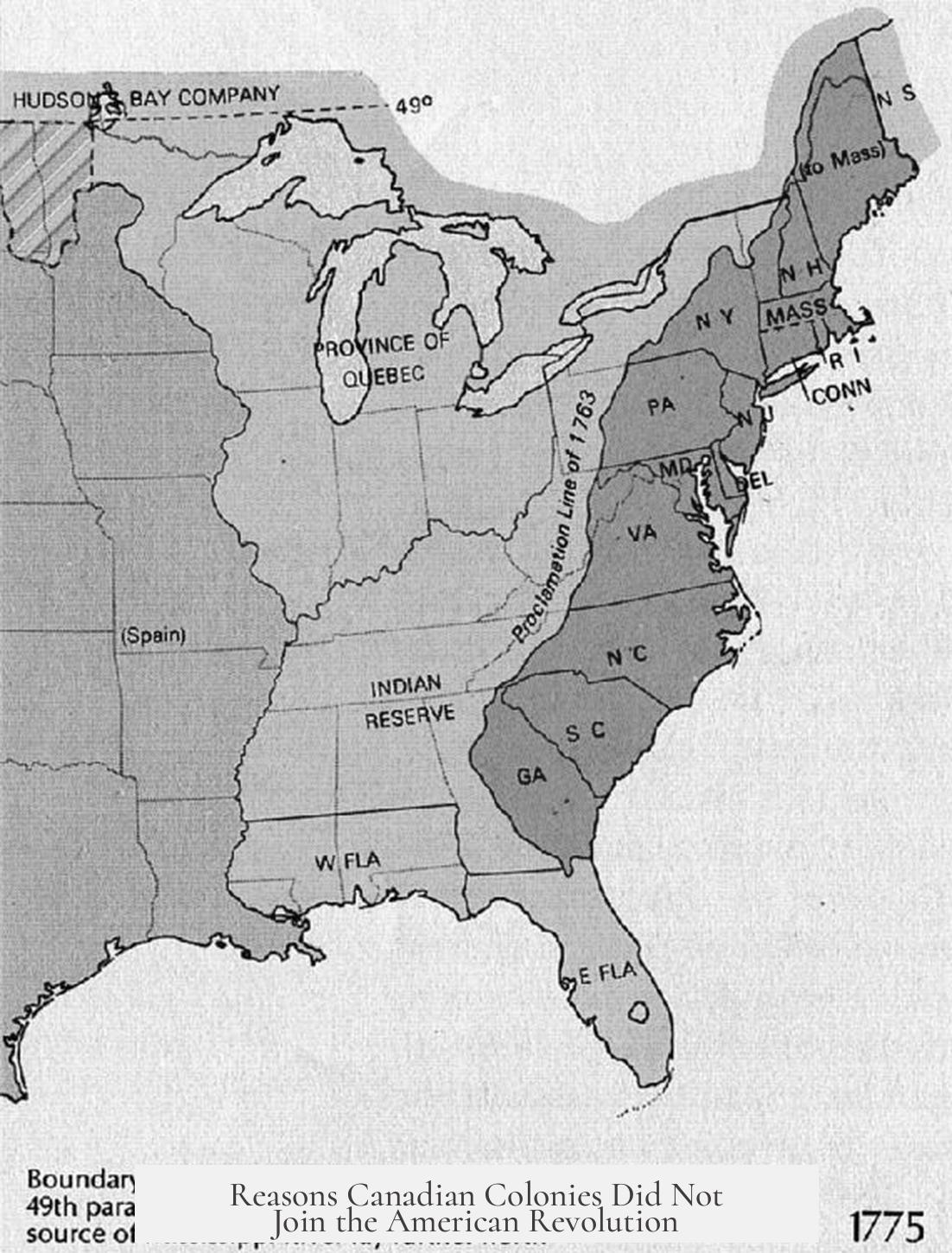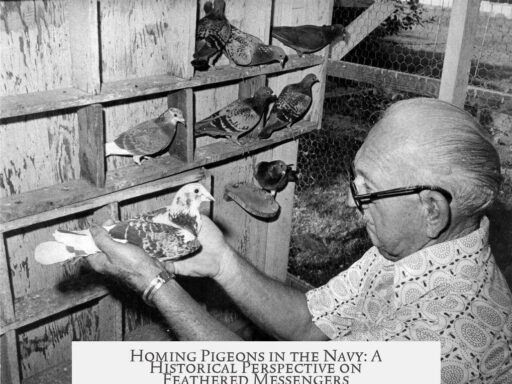The Canadian colonies did not join the American Revolution primarily due to distinct cultural, legal, and political factors that aligned them more closely with British rule than with the rebellious thirteen colonies. Both Quebec and Nova Scotia had unique circumstances that influenced their decisions to remain loyal to Britain during the conflict.
In Quebec, the French Catholic heritage played a critical role. The colony’s population was largely French-speaking Catholics, governed by a Catholic clergy with significant influence. This cultural identity set Quebec apart from the predominantly Protestant American colonies.
The British Parliament passed the Quebec Act in 1774, which granted Quebec extensive territorial expansion, including large parts of what is now the American Midwest. The Act also removed the Protestant requirement for holding office, reinstated French civil law, and restored the Catholic Church’s right to collect tithes. These provisions satisfied the local elites and religious leaders, making them more inclined to support British authority. In fact, the Quebec Act guaranteed Quebec a degree of autonomy within the British Empire, providing protections for language, religion, and social customs, which the revolutionary colonies did not offer.
American revolutionaries anticipated support in Quebec and launched military campaigns, including invasions of Montreal and attempts to capture Quebec City. These efforts failed primarily because the majority of Quebec’s leaders and population preferred to maintain the status quo granted by the Quebec Act. The failure to secure local allies led to the collapse of American plans for Quebec.
In contrast, Nova Scotia’s situation was influenced by demographics and geography. Most residents were originally from New England, which created some initial sympathy towards the revolutionary cause. However, as hostilities escalated, loyalists fled the thirteen colonies and settled in Nova Scotia, increasing the pro-British population.
Geographically, Nova Scotia’s peninsula and surrounding seas made it easier for British forces to defend and control. This geographical advantage made it less vulnerable to revolutionary influence and offered safety to loyalist immigrants fleeing conflict.
At the time of the Revolution, Nova Scotia included today’s New Brunswick and Cape Breton. After the war, these areas were administratively separated, partly to mitigate the risk of revolutionary unrest. Prince Edward Island was sparsely populated and not a hotbed for rebellion, although it faced some raids from American privateers.
Earlier policies also shaped Nova Scotia’s loyalty. The British Governor Lawrence sought to repopulate the region after the expulsion of the French Acadians. He encouraged New Englanders to settle by promising land and representative government in townships. However, the provincial executive council retained strong control over township formations, preventing true local self-government. This control limited the emergence of revolutionary sentiment among settlers.
During the buildup to the American Revolution, the Stamp Act of 1765 ignited widespread opposition among newspapers and other groups in the colonies, uniting colonies against British taxation. Yet Nova Scotia’s unified opposition was less intense. While the influx of settlers meant half the population had New England origins, centralized British control in governance discouraged revolutionary tendencies.
Ultimately, Quebec’s secure legal protections and cultural alignment, along with Nova Scotia’s loyalist population growth and geographic defensibility, shaped their decisions to remain loyal. The promise of autonomy, protection of Catholic rights, and pragmatic governance arrangements held these colonies within the British Empire during the Revolutionary War.
- Quebec’s distinct French Catholic identity and the Quebec Act’s protections secured loyalty to Britain.
- American military campaigns failed in Quebec due to lack of local support.
- Nova Scotia’s population included many New England settlers but shifted loyalist due to migration during hostilities.
- Geography favored British control of Nova Scotia, making rebellion difficult.
- British governance in Nova Scotia maintained centralized authority, limiting revolutionary impulses.
- Special legal and cultural autonomy in Quebec persists as a legacy of British policies during the Revolution.
Why Didn’t the Canadian Colonies Join the American Revolution?
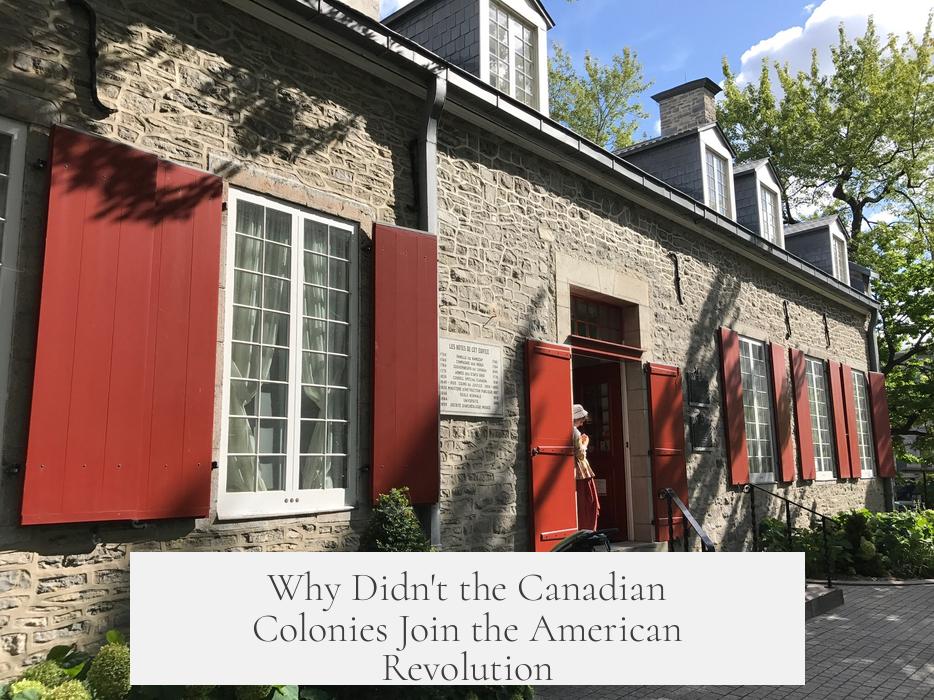
Simply put, the Canadian colonies had deeply rooted reasons to stay loyal to Britain, exhibiting their own distinctive political, religious, and cultural identities that didn’t align with the revolutionary cause. But that’s just the tip of the iceberg. Grab a cup of tea (or a double-double, if you prefer), because the story of why Canada stayed put when the American colonies rebelled is as rich and complex as a perfectly brewed Tim Hortons’ blend.
Turning back the clock to the 1770s, the Canadian colonies, especially Quebec and Nova Scotia, present a fascinating contrast to their restless southern neighbors. History shows us that their distinct experiences under British rule, religious composition, demographics, and political concessions made rebellion less appealing and loyalty more logical.
The Quebec Puzzle: Autonomy, Religion, and Law
Unlike the American colonies, Quebec was a society dominated by a French-speaking Catholic majority. That alone set the stage for a very different colonial dynamic. You see, the Catholic clergy held significant influence, and most of the power holders in Quebec were Catholic, unlike the predominantly Protestant American colonies. This religious and cultural setup profoundly shaped Quebec’s political choices.
The British government clearly recognized Quebec’s uniqueness and acted before the revolution to secure loyalty. Enter the Quebec Act of 1774: a game changer. This act expanded Quebec’s territory to include parts of the US Midwest and removed the requirement that officeholders be Protestant. It restored French civil law in many areas and allowed the Catholic Church to impose tithes again.
Translation: the British gave Quebecers religious and legal freedoms impossible to find among the rebelling colonies. This act guaranteed them autonomy and protections, securing the allegiance of Quebec’s elite. In fact, Quebec used the threat of joining the American revolution itself as leverage to gain these concessions. Rebel colonies never offered such guarantees. So, why revolt when you have what you want?
The Quebec Act codified a “special legal exceptionalism” that still bubbles under the surface of Canadian politics today. It’s no surprise every time Quebec thinks about secession, many Canadians jokingly blame the Americans for the division—even if it was British statesmanship keeping the colony united.
American Propaganda Meets Canadian Realism
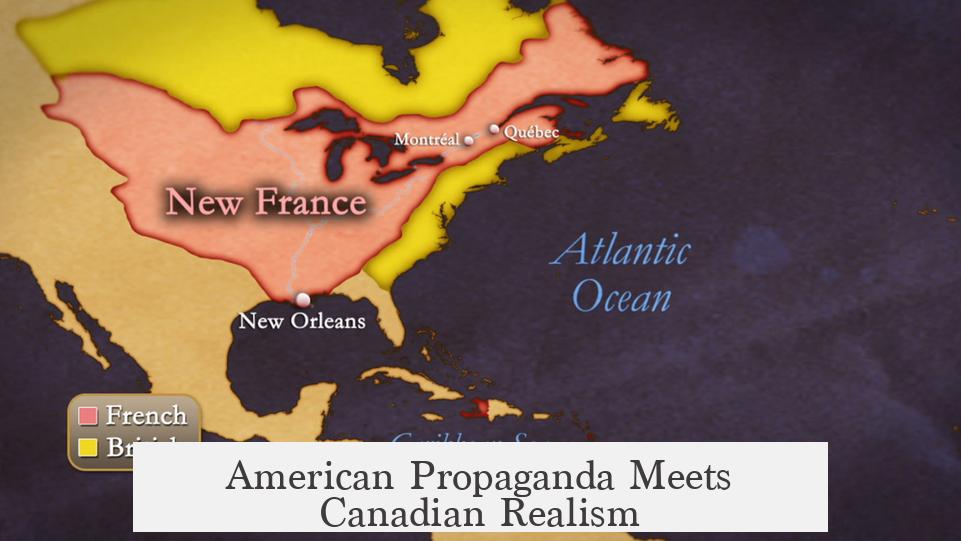
One might wonder if the American revolutionaries tried to drag Quebec into the mix. Spoiler: They did. Propaganda campaigns flooded into Canada, and American forces invaded Montreal, attempting to spur rebellion. But the local support wasn’t there. The anticipated mass uprising vanished like maple syrup in summer heat. The invasion of Quebec failed, and without local Canadiens joining the revolution, the effort quickly fell apart. It seems the Canadians were just not buying what the Americans sold.
Nova Scotia: Drifted by Geography and Demography
Nova Scotia’s tale is equally compelling but different. Most residents had roots in New England, which meant there was some sympathy for the revolution. It’s easy to assume Nova Scotia would have joined the fray with its American ties, but it’s not that simple.
Ironically, as revolution tensions escalated, Britain became a magnet for loyalists—people loyal to the crown fleeing the chaos. These loyalists poured into Nova Scotia, tipping the population’s balance in favor of Great Britain.
Geographically, Nova Scotia is surrounded by water, making it easier for the British navy to protect the colony from revolutionary ideas and forces. The peninsula’s relative isolation helped Britain keep control.
Here’s a twist: Nova Scotia used to include New Brunswick, which only split off during or after the war to reduce revolutionary risks. Prince Edward Island was just being settled and didn’t have enough people to start a revolution, though American privateers did raid it and Nova Scotia during the conflict.
Stamp Act: A Catalyst and a Cleaver
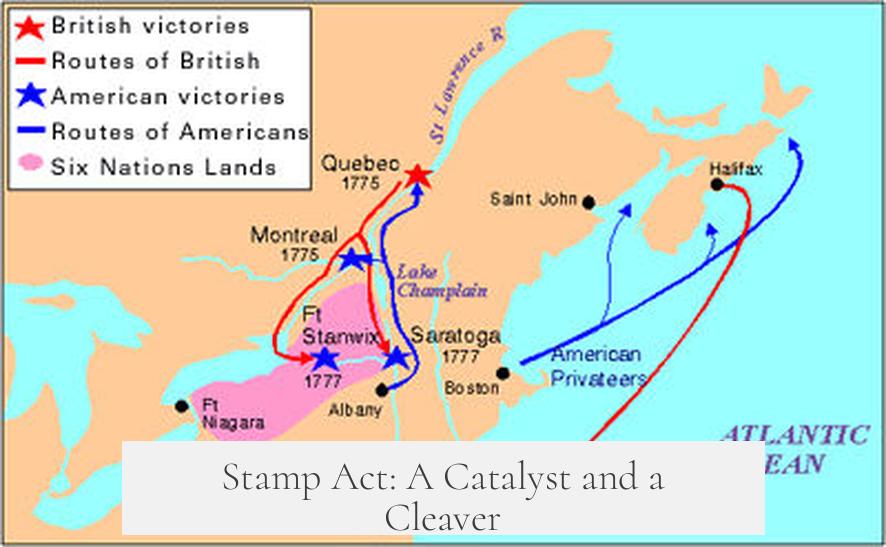
The 1765 Stamp Act was an early flashpoint in colonial anger. It united newspaper printers and readers across British North America, fueling opposition to British taxes. This unity helped the colonies coordinate resistance.
Governor Lawrence’s strategy in Nova Scotia involved settling New Englanders on former French Acadian lands. In the 1760s, he promised land to New England immigrants and set up a Legislative Assembly to attract settlers used to local democratic governance.
But here’s the kicker: while the system appeared democratic, the Executive Council reserved enough control to stifle true local power. A historian even argues this is the crucial difference between revolutionary New England and loyal Nova Scotia. People had the look of democracy, but the power stayed centralized—enough to keep things quiet.
Demographics Hold the Key
By the start of the revolution, over half of Nova Scotia’s population had been born in New England. You’d expect it to be a hotbed of rebellion. Yet, with British naval protection, loyalist arrival, and tightly controlled governance, Nova Scotia remained calm and loyal. The cultural and political ties were strong, but practical circumstances kept the colony out of the revolution.
Why Is This Important Today?
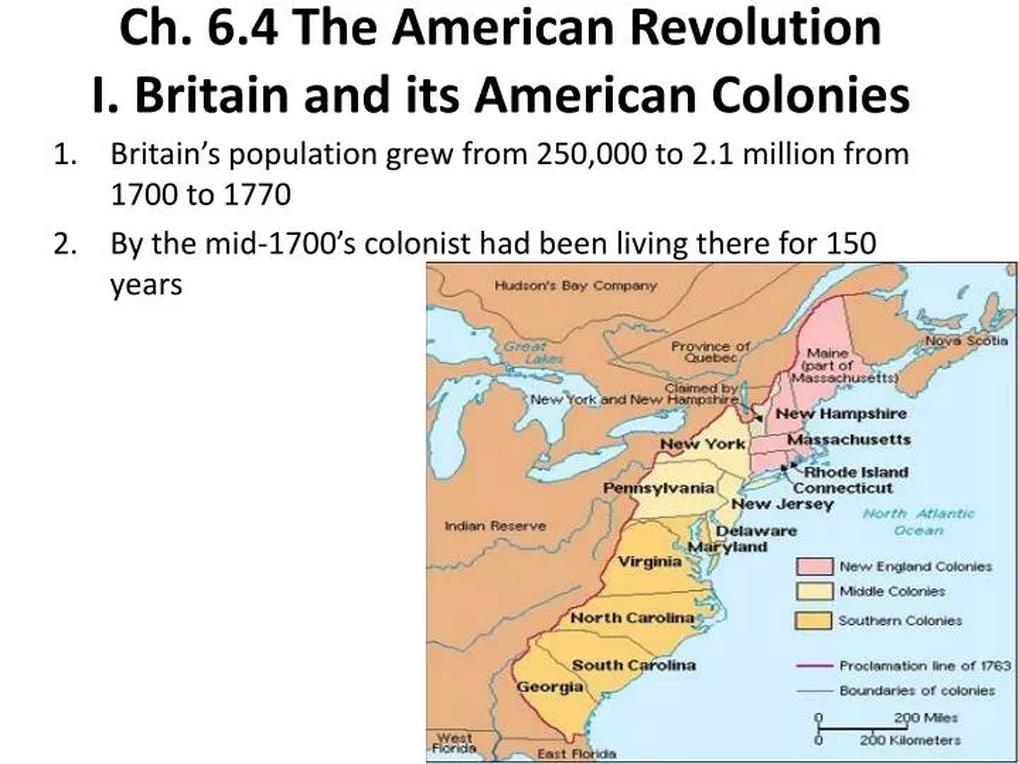
Understanding why Canadian colonies stayed loyal helps explain enduring cultural and political divisions in Canada. The Quebec Act’s protections planted seeds for special status that still influence Canadian federalism. Nova Scotia’s political structure created a foundation for different democratic evolution compared to the US. Both shaped the Canadian identity as distinct from its southern neighbor.
Could Canada have joined the revolution? Maybe. But the promises carefully crafted by British leaders, the unique makeup of the colonies, and the military and geographic realities all combined to keep Canada loyal—and, arguably, spared it from the chaos and violence of revolution.
Thinking Beyond the Revolution
- What lessons does this hold for modern governance? Autonomy and respecting cultural identities can be a powerful tool for unity.
- Is geographic security still a big factor for political stability? Nova Scotia’s example says yes.
- Finally, how much did the Americans truly understand their northern neighbors? Their failed invasion shows a critical underestimation.
In the end, Canadian colonies marched to a different drummer. Their story isn’t one of rebellion, but of diplomacy, legal protections, effective control, and a careful balance of power. And that, dear reader, is why Canada didn’t pick up arms in the American Revolution.
Why did the Quebec Act of 1774 discourage Quebec from joining the American Revolution?
The Quebec Act granted Quebec territory expansion, religious freedom for Catholics, and use of French law. It secured power for the Catholic elites. These benefits made loyalty to Britain preferable over joining the rebel colonies.
How did the demographics of Nova Scotia affect its stance during the American Revolution?
Over half of Nova Scotia’s population came from New England due to land grants. However, many loyalists also moved there during the conflict, shifting support toward Britain and limiting revolutionary enthusiasm.
What role did British control of local government play in Nova Scotia’s neutrality?
Although township governments appeared similar to New England’s, the British Executive Council kept strong control. This limited local self-government, reducing revolutionary momentum in Nova Scotia.
Why did American invasion efforts in Canada fail during the Revolution?
The Americans expected support from Canadians but found little. The strong ties between Canadian elites and Britain, especially after the Quebec Act, led to failure in gaining allies and repelling invasions.
How did Quebec’s threat to join the revolution influence British policy?
Quebec used the possibility of rebellion to gain special guarantees from Britain in 1774. This included protections for religion, language, and legal traditions, helping to keep Quebec loyal throughout the war.
